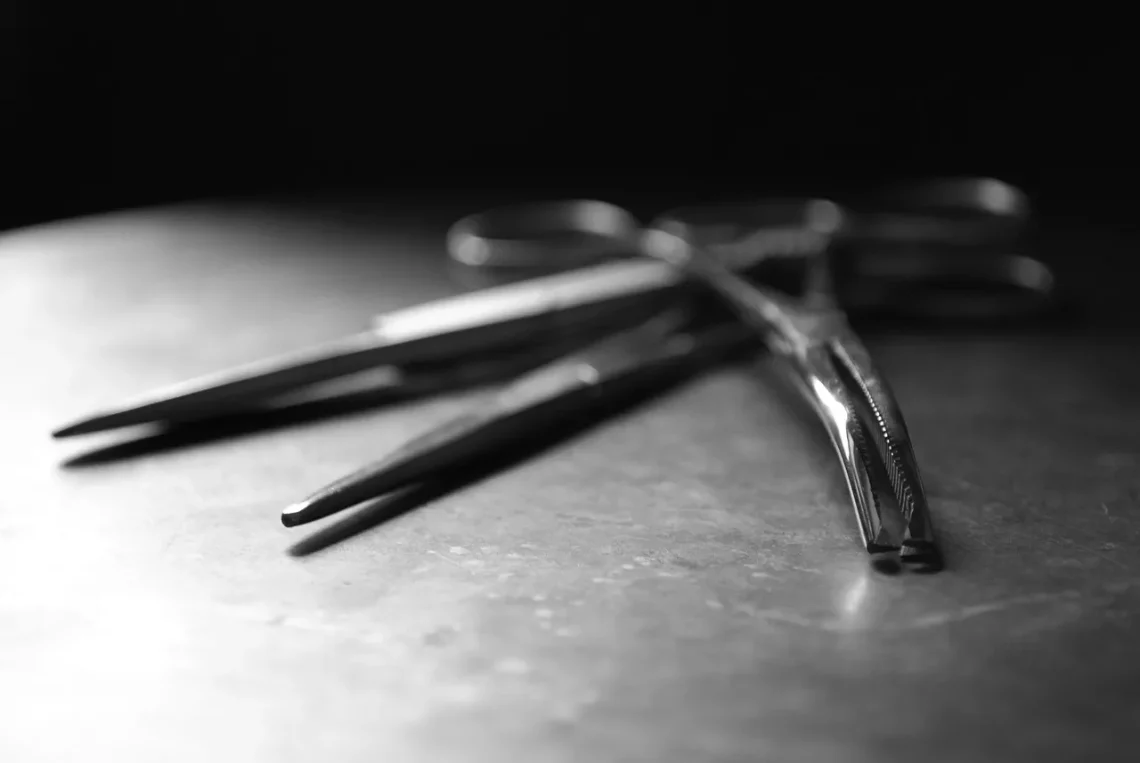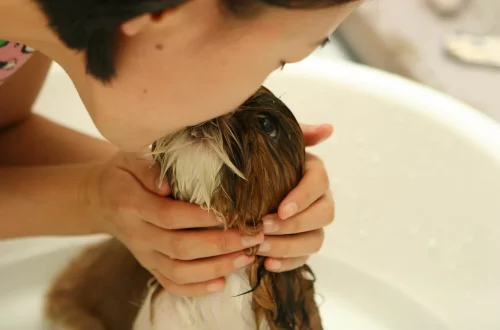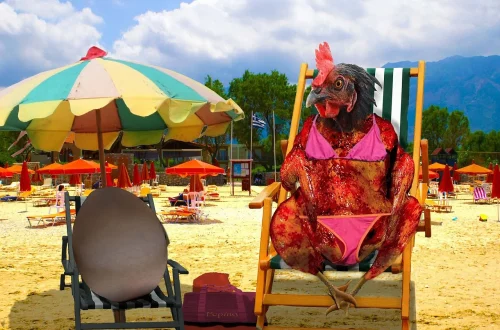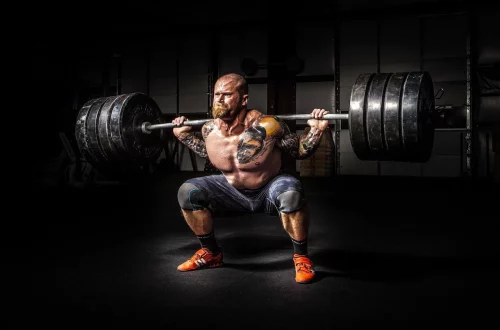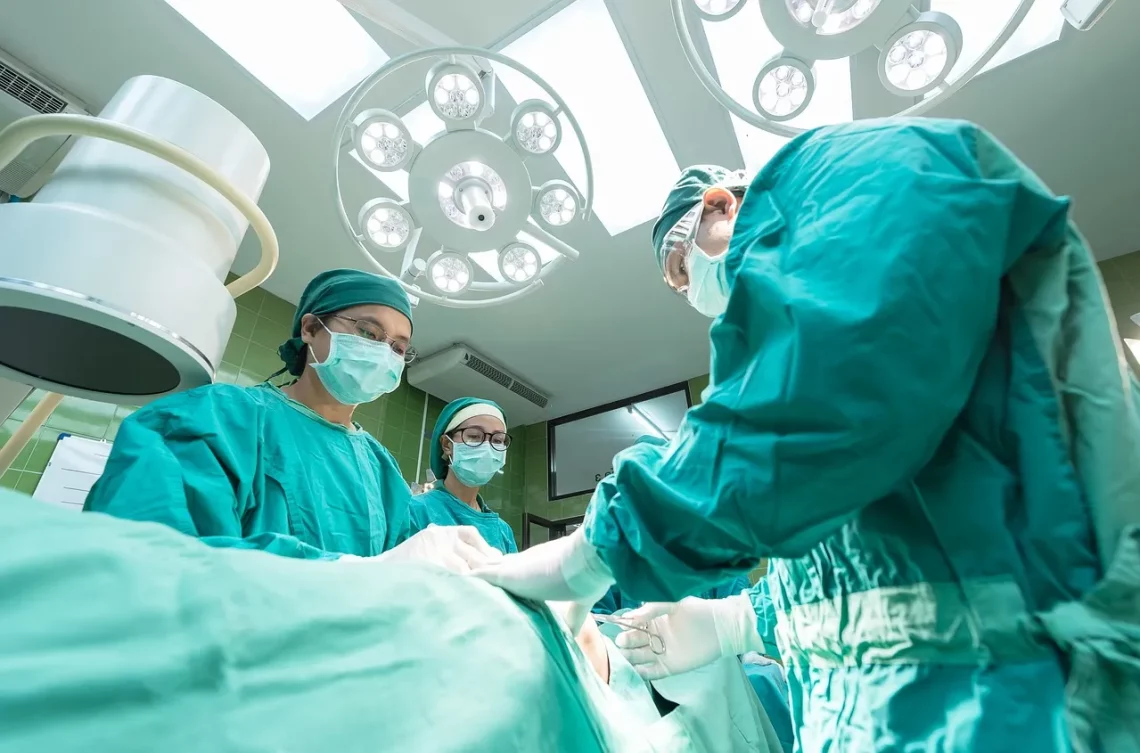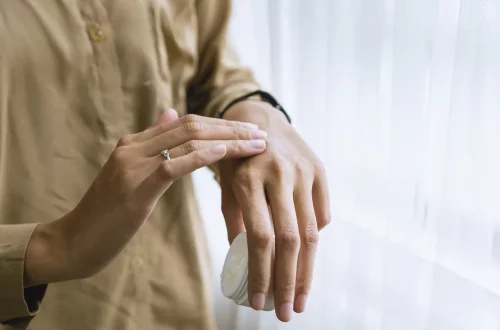-
Understanding Canine Knee Surgery: A Guide for Pet Owners
Knee surgery for dogs is a crucial topic for many pet owners, especially those whose furry companions are facing mobility issues. As canine arthritis and ligament injuries become more common, understanding the implications of such surgeries becomes essential. The knee, or stifle, joint of dogs is complex, and any surgical intervention requires detailed knowledge of the anatomy, potential complications, and recovery processes involved. When a dog experiences knee pain or dysfunction, the first step usually involves a thorough examination by a veterinarian. This may include imaging tests such as X-rays or MRI scans to determine the underlying issue. Depending on the diagnosis, surgical options like cranial cruciate ligament (CCL) repair…
-
Caring for Your Cat with a Broken Paw: Tips for Recovery
Caring for a cat with a broken paw can be a challenging experience for any pet owner. Cats are naturally curious and active creatures, making it difficult for them to adapt to limitations imposed by an injury. When a feline friend suffers a broken paw, it not only affects their mobility but also their overall well-being. As a pet owner, it’s essential to provide the right care and comfort during the recovery process. Understanding the intricacies of feline behavior and the specific needs of a cat with an injury can make a significant difference in their recovery journey. Cats are known for their independence, but when they are in pain…
-
Can a Dog Catch Parvo Twice? Understanding the Risks and Recovery
Canine parvovirus is a highly contagious viral infection that poses a significant threat to dogs, particularly puppies and unvaccinated individuals. This virus primarily targets the gastrointestinal tract, leading to severe dehydration, vomiting, and diarrhea. The rapid spread of parvo among dogs is particularly concerning for pet owners, as the infection can be fatal without prompt medical attention. Understanding the nature of parvovirus and the implications of recovering from it is crucial for dog owners, especially in areas where the virus is prevalent. One common question among pet owners is whether a dog can catch parvo more than once. Given the severity of the disease, this inquiry can lead to heightened…
-
Understanding Why Your Dog Is Shaking After Surgery and What to Do
After undergoing surgery, many pet owners notice their dogs exhibiting unusual behaviors, one of which is shaking or trembling. This reaction can be concerning and often leaves owners feeling helpless, as they struggle to understand the underlying reasons for their pet’s distress. Dogs may shake for a variety of reasons, including pain, anxiety, or even as a response to anesthesia. The post-surgical period can be stressful not only for the pet but also for the owner, who is often eager to see their beloved companion back to their normal self. Navigating the recovery process can be daunting, especially when faced with unexpected symptoms like shaking. Understanding why your dog may…
-
Understanding Knee Surgery for Dogs: A Comprehensive Guide
Knee surgery in dogs is a critical topic for pet owners, as it directly affects the quality of life of our beloved furry companions. Canine knee injuries can arise from various causes, including accidents, genetic predispositions, or degenerative conditions. Understanding the complexities surrounding knee surgery can empower dog owners to make informed decisions regarding their pets’ health. The knee joint, also known as the stifle joint, plays a crucial role in a dog’s mobility. It consists of several components, including bones, ligaments, and tendons, all of which can be susceptible to injury. When dogs experience issues with their knee joints, it can lead to pain, reduced mobility, and a significant…
-
Dog Stitches Healing Stages: Visual Guide with Pictures
The bond between dogs and their owners is a cherished one, marked by loyalty, companionship, and shared experiences. However, just like humans, dogs can face injuries that may require surgical intervention. Whether it’s a minor procedure or something more serious, understanding the healing process is crucial for pet owners. After surgery, a dog’s body begins to mend, and this journey is often accompanied by stitches, which play a vital role in ensuring that the wound closes properly. Observing your dog during this healing phase can be both an emotional and practical undertaking. Owners often find themselves monitoring their pet’s behavior, eating habits, and overall demeanor, all while keeping a close…
-
The Benefits of Using a Dog Neck Brace for Recovery and Comfort
The bond between humans and dogs is profound, characterized by mutual affection, loyalty, and companionship. When our canine friends face health challenges or injuries, the emotional toll can be heavy. As responsible pet owners, it is our duty to seek effective solutions to ensure their comfort and recovery. One such solution is the use of a dog neck brace. This specialized support device can play a crucial role in the healing process for dogs recovering from surgeries, injuries, or chronic conditions. By providing stability and limiting movement, a neck brace can facilitate healing while also promoting comfort. However, the choice to use a neck brace involves understanding the specific needs…
